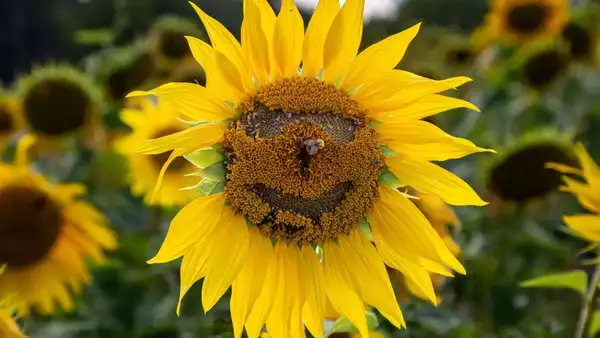Have you ever glanced at random objects and thought you saw faces? This curious occurrence is called pareidolia. Our brains are wired to identify shapes, patterns, and even sounds as something significant, often perceiving them as faces.
This explains why we might spot animals in clouds or faces in rocks. Even a worn tile floor, like the one in the image above, can reveal a subtle face when examined closely.
What is Pareidolia?
Pareidolia is a fascinating psychological and visual phenomenon where our brains detect familiar patterns, particularly faces, in everyday objects. This tendency comes from our evolutionary need to recognize friends, enemies, and others. Our brains are designed to identify faces, even when none are really there.

The Tile Face: A Closer Look
If you carefully study the image, you’ll see that the rough texture of the tile creates a face, complete with eyes, a nose, and a mouth. The “eyes” might appear as darker spots, the “nose” as a smudge, and the “mouth” as a faint curve. It’s as if the tile has turned into a hidden character, patiently waiting to be discovered. This instance of pareidolia transforms an or




